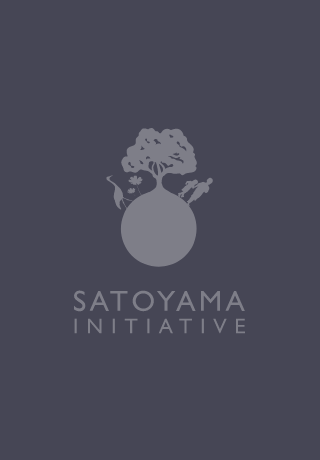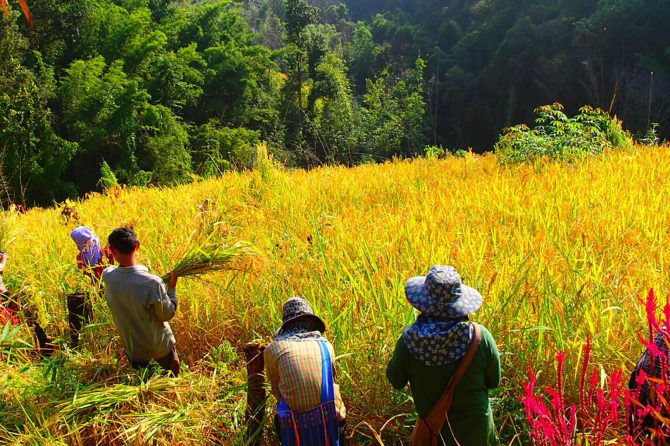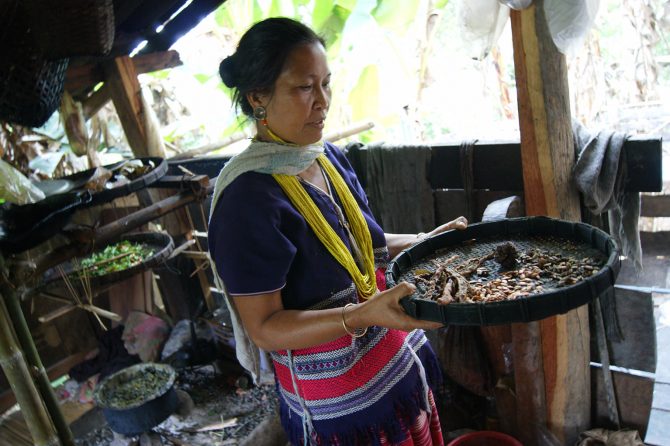2013 THAILAND
Supporting and Promoting the Karen Indigenous Socio-ecological Production System in Northern Thailand
IKAP
Community / field-based implementation
Landscape
Overview
In Thailand, Karen people’s traditional livelihood system is recognised by the Ministry of Culture as an important heritage of the country based on a Thai Cabinet Resolution in 2010. Further, the revision of the Resolution in 2013 recognised the Karen people’s rotational farming system as a cultural herigage. Regardless of these national policies, the Karen’s socio-ecological production system in Mae Umphai village was placed under the threat of replacement due to commercial corn production. As this would seriously affect the livelihood of the villagers, IKAP proposed a project to strengthen Karen people’s traditional production system that centred on traditional rotational farming.
Key achievements
- Traditional sustainable socio- ecological production system was reinforced through training on institutional management, policies and customary practices.
- Participatory GIS mapping visualised traditional land tenure and use system, including land use classifications and cycles, and enhanced the recognition of the traditional system for policymakers.
- Surveys on indigenous seed varieties, customary planting and soil enrichment practices enhanced the recognition of women as knowledge-holders and managers of seed and plants resources. In addition, involvement of the youth reinvigorated indigenous knowledge and practices on rotational farming and promoted their transmission across generations.
- The project established a new executive board to implement the Cabinet Resolution under the Prime Minister’s Office.
- These project results inspired IKAP and the Mae Umpai community to take further steps forward, including advocacy to the state forest department and district governments with a view to promote the recognition of Karen’s land use systems in the state forest policy and district development plans.
Lessons
- Going deeper into Karen’s traditional rotational farming system demonstrated how sophisticated the system is and how their ancestors have developed the system, while identified difficulties to balance exploitation and conservation.
- Integration of traditional knowledge and modern technology is effective to validate and visualise the sustainability of customary land uses.
- Recognition in formal policies is critical for the long-term viability of traditional sustainable production systems
Project location
Organisation

IKAP
- Sector
- Non-governmental organisation
- Country
- Thailand
Relevant projects
Projects of the same year
Aichi Biodiversity Targets
Aichi Biodiversity Targets
-
Biodiversity values integrated
-
Incentives reformed
-
Sustainable production and consumption
-
Genetic diversity maintained
-
Traditional knowledge respected and integrated
Sustainable Development Goals
Sustainable Development Goals
-
Zero hunger
-
Gender equality
-
Life on land

